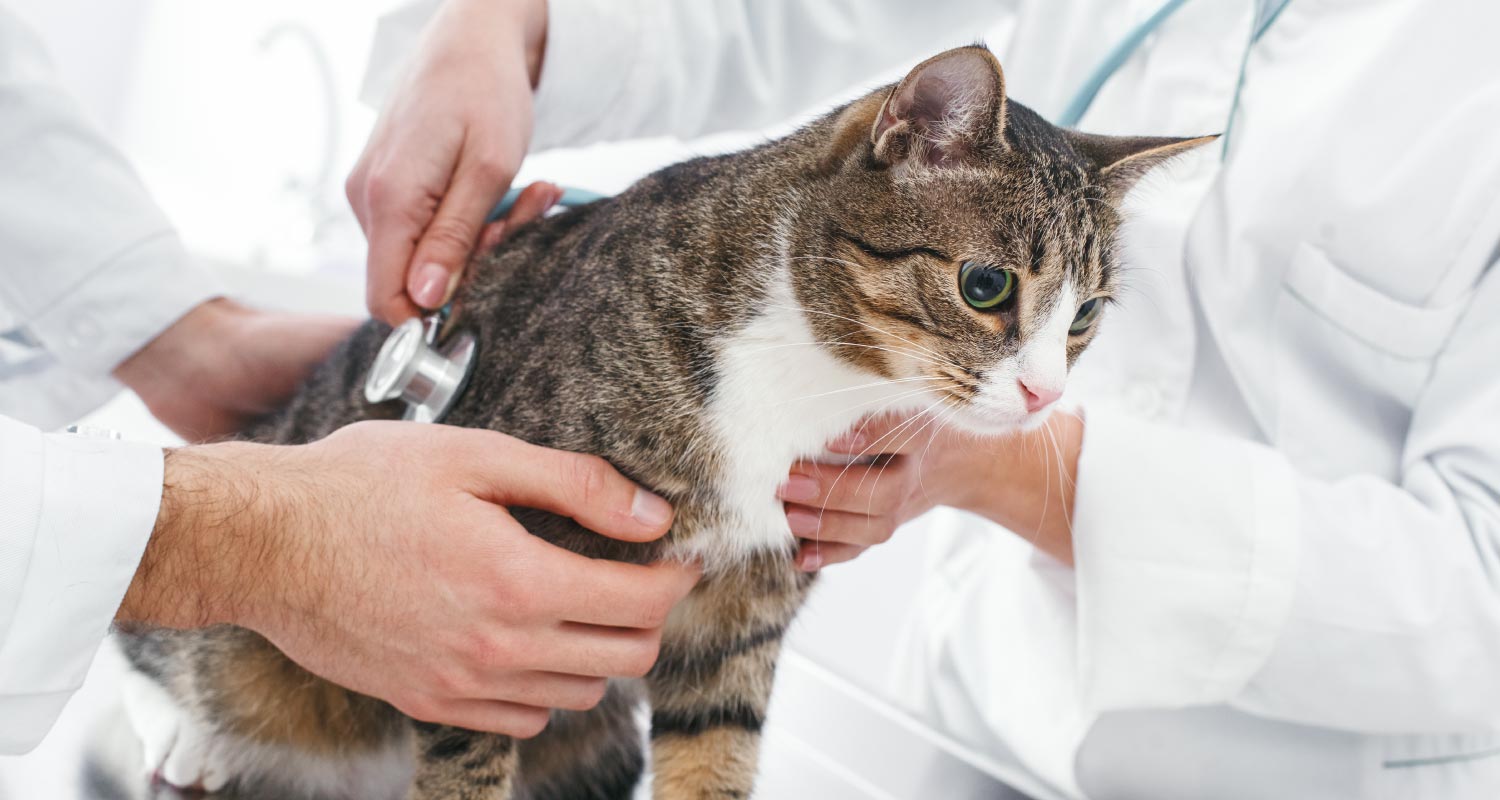HEALTH & WELLNESS

VOTING BOOTH

TRENDING

LIONS FOUNDATION OF CANADA DOG GUIDES
Lions Foundation of Canada Dog Guides and its founding program, Canine Vision Canada, was established in 1983. It’s the largest school of its kind in Canada with its training school in Oakville and breeding facility in Breslau.
Chronic Kidney Disease in Cats – About the disease

CHRONIC KIDNEY DISEASE (CKD) IS DEFINED AS THE PRESENCE OF FUNCTIONAL AND/OR STRUCTURAL ABNORMALITIES OF THE KIDNEYS THAT PERSIST FOR MORE THAN 3 MONTHS*.
CKD affects approximately 35% of geriatric cats and up to 10% of cats that visit veterinary clinics. The disease is progressive over time and occurs where there is long-standing, irreversible damage to the kidneys that weakens their ability to remove waste products from the blood and regulate other essential functions.
*It’s rare to discover structural or functional causes of kidney disease in cats because the initial diagnosis is normally only made in advanced stages of the disease.
THE FUNCTIONS OF THE KIDNEYS
Kidneys are essential for normal bodily functions. The kidney is a highly complex and remarkable organ that provides the following functions:
- Filtering waste products and extra water from the blood so that they can be excreted in the urine. This process eliminates toxins from the body and maintains a proper level of hydration.
- Regulating electrolytes (such as sodium, potassium, phosphorous, and calcium) in the body.
- Producing and concentrating urine, which is made up of waste, toxins, and extra fluid that the body doesn’t need.
- Producing erythropoietin, a hormone that stimulates the bone marrow to create new red blood cells. Red blood cells carry oxygen throughout the body.
- Producing renin, an enzyme that controls the body’s blood pressure.
CONDITIONS RECOGNIZED AS CAUSES
Most cases of CKD are idiopathic (have an unknown underlying cause); however, some conditions have been recognized as causes. These include:
- Kidney stones: Disease, genes or bacterial infection can cause kidney stones to form
- Kidney blockage: Pieces of kidney stones that have fractured or splintered can cause partial or complete blockage in the urine-carrying tube (ureter) that connects kidneys to the bladder
- Kidney tumours: Cancer, for example lymphoma (solid tumour of white blood cells) can affect the kidneys
- Infections: Bacterial infection of the kidneys may lead to sufficient damage to cause CKD
- Toxins: Antifreeze is a toxin that gets lots of attention, but there are many things in and around the house that are dangerous when ingested; for example, true lilies (all parts and even the water it’s in) and various medications (common over-the-counter and prescribed meds)
- Glomerular disease: This refers to inflammation of the glomeruli (individual units within the kidneys that filter the blood). When they are inflamed over a period of time, this can lead to CKD. Infections such as FIV/FeLV or cancer can cause the kidneys’ filtration mechanism (glomerulus) to become inflamed which causes damage that ultimately leads to CKD
- Protein problem: Amyloidosis, caused by chronic inflammation in other body parts, is a disease that can affect kidney function; normal tissue is replaced with protein deposits that can’t be cleared and tissue that suffered damage can’t be replaced
- Familial kidney disease: ‘Fancy’ cat breeds, seen mainly in Persian and related cats,have been found to suffer from irreversible hereditary diseases such as amyloidosis and polycystic kidney disease (fluid-filled cysts)
- Tubulointerstitial disease: This disease – that damages kidney tubules and causes inflammation – is difficult and dangerous to test for and because the cause is often unknown, custom treatment is rarely possible
Other conditions such as birth defects affecting the kidneys and trauma may also cause CKD. Age and lack of proper nutrition and bad food choices can be contributing factors.
In most cases, causes cannot be identified so treatment is aimed at management of the disease and complications that arise from it.
SIGNS OF CKD
Signs of CKD can take months or years to manifest. These include loss of appetite, weight loss, drinking and urinating more than usual, dehydration, lack of grooming, dull and/or matted coat, dull eyes, sleeping more than normal, weakness and bad breath. Intermittent vomiting and constipation may also occur.
Some of these symptoms can of course be attributed to other diseases, so speak to your veterinarian and have your cat tested before jumping to conclusions.
CHALLENGES
- Fluid Intake: Dehydration needs to be avoided. Talk to your veterinarian about your plan of action.
- Food: Quality, balanced cat food can be pricey, but the long-term benefits are usually significant.
- Diet: Healthy cats typically require high amounts of protein, moderate amounts of fat and a minimal amount of carbohydrates. They also need other nutrients such as vitamins, minerals, fatty acids and amino acids. In cats with CKD, the ratios of nutrients usually need to be adapted.
- Toxins: You can’t follow a cat 24/7, especially if it enjoys exploring, so exposure to toxins is a big risk. Some household products or even plants, such as lilies, can be dangerous.
DIAGNOSING CKD
Blood and urine tests can help diagnose CKD based on elevated levels of certain components in these fluids. Blood pressure is typically checked too. Clinical signs should be taken into consideration as well, including poor body condition / evidence of muscle wastage, small/asymmetrical kidneys and enlarged bladder.
TREATMENT
Treatment and management of CKD can extend and improve the quality of the cat’s life. Owners of cats with CKD often prefer an oral treatment that is easy to administer, either directly in the cat’s mouth or on their food.
If there are underlying conditions picked up during testing, these also need to be treated or managed.








